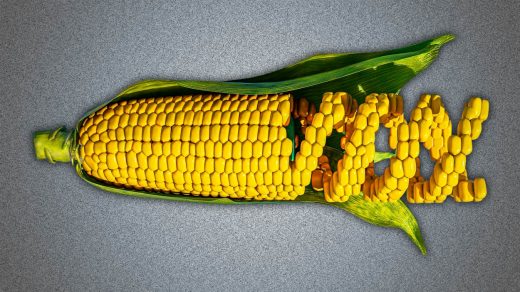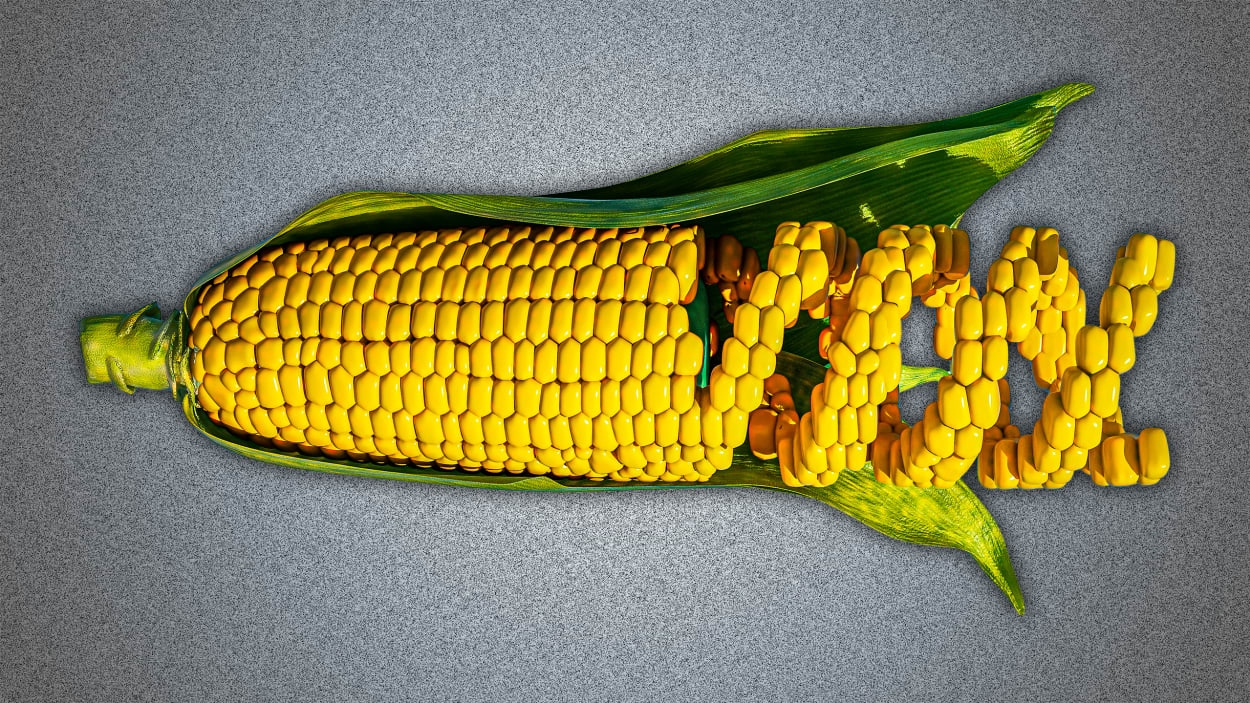Your next salad mix could be made using CRISPR—and that’s a good thing
By Juergen Eckhardt
If I asked you to name some of your favorite natural treats, there’s a good chance you’d mention coffee, chocolate, or fruit. Now flip the script: think of a healthy veggie that you know you should eat more of, but the strong flavor deters you. Dark leafy greens may come to mind.
I’ve got bad news and good news about this little thought experiment, and these two disparate scenarios aren’t as different as they initially seem, thanks to a technological innovation that could revolutionize agriculture.
But first, the bad news: Some of our most beloved crops are currently under existential threat. Coffee, cacao, banana, and citrus fall into this unfortunate category. Arabica coffee, for example, is a notoriously finicky crop that requires a certain amount of rainfall and mild temperatures to grow. But weather volatility is forcing some farmers along the “Bean Belt” in equatorial regions to abandon coffee growing altogether.
Cacao, the tropical tree that produces the raw material of chocolate, suffers from narrow genetic diversity and is susceptible to fungal disease, which wipes out 20% to 30% of cocoa pods before they can be harvested.
The top commercial variety of banana, called the Cavendish, faces extinction from another deadly plant fungus that has invaded the Americas, where most of the world’s bananas are grown.
Meanwhile, the citrus industry in Florida, responsible for producing oranges, limes, tangerines, grapefruits, and lemons, has been suffering for nearly 20 years from a severe plant bacterial disease. More than 5,000 farmers there have already given up growing citrus, and many fear the industry faces complete collapse in the future.
Now for the good news: Rather than allow nature to take its course, there’s a revolutionary tool that can protect—and even enhance—our crops: the famous CRISPR (an acronym for “clustered regularly interspaced short palindromic repeats”). Think of it as a set of molecular scissors that can be deployed to snip the DNA of a plant with great precision to make a desired change. The discoverers of CRISPR won the Nobel Prize in 2020, and it’s been in the spotlight recently for its application to human diseases. The first CRISPR medicines, to treat sickle cell disease, are expected to be granted landmark FDA approval this year.
By contrast, comparatively few people are aware of its growing relevance to the agricultural sector. Unlike traditional crop breeding, where crossing varieties to yield desirable traits could take 7 to 10 years, gene editing can achieve new varieties in a fraction of that time. And time is a luxury we don’t have; taking decades to introduce protective traits could be catastrophic to some crops.
Scientists across academia and industry have made critical improvements to crops using CRISPR. The biotech company Elo Life systems, for example, is developing a fungus-resistant banana via gene editing. Resistance to disease has been reported using CRISPR in cacao as well as staple crops ranging from rice and maize to potatoes and cassava.
It can even be used to improve the flavor and nutritional profile of fruits and veggies. Recall those dark leafy greens we should all be eating more of? In fact, the first CRISPR produce is hitting the U.S. market this spring—a salad mix called Conscious Greens, which has been edited to be highly nutrient-dense but also tastier, without the wasabi-like flavor of dark greens. Pairwise, the North Carolina-based company that developed the product, is next planning to introduce new varieties of seedless berries and pitless cherries. (Leaps by Bayer has invested a minority stake in Pairwise, and Bayer Crop Science has a partnership with Pairwise.)
Beyond taste, nutrition, and disease resistance, a big positive implication of gene editing in food is the climate footprint: Crops can be edited for efficiency and volume, drought resistance, and environmental resource reduction. CRISPR can also introduce lost genetic diversity to improve crop robustness in the face of climate change.
U.K.-based startup Tropic Biosciences, for example, is developing crop varieties including rice that are easier to grow and less reliant on pesticides. Inari, headquartered in Cambridge, Massachusetts, is evolving corn, soy, and wheat to improve yields while requiring less water and nitrogen use. Currently, genome editing is being applied to more than 40 crops across 25 countries, mostly to improve crop production, climate resilience, and food quality.
For farmers, precision-breeding tools like CRISPR are crucial for improving yields while making more efficient use of fertilizer, reducing reliance on pesticides, reducing the amount of land needed to grow food, and enhancing resilience to stresses like drought and waterlogging.
For consumers, the benefits are clear; but many people aren’t aware of gene editing in agriculture, and how it differs from GMOs (genetically modified organisms) that have been debated since being introduced in the 1990s. (It should be stated that the overwhelming scientific evidence underscores the safety of GMOs, which allow crops to resist pests and viruses, and control weeds.) GMOs are created by taking a desirable gene from one species, such as a soil bacterium that produces a natural insecticide, and inserting that gene into a crop like corn to confer that trait.
Gene editing, on the other hand, does not require the insertion of a foreign species’ DNA. The molecular scissors of CRISPR allow the targeted editing of a plant’s genome directly. Thus, CRISPR foods, like Pairwise’s new salad, are non-GMO. Gene editing’s environmental, economic, and health advantages in agriculture are historic. In the future, perhaps we’ll see CRISPR crops that can grow in saltwater, tolerate extreme flooding and droughts, and sequester more carbon in their roots.
As we celebrate nature this Earth Day, we should also celebrate science for giving us the tools we need to safeguard and enhance its bounty.
Juergen Eckhardt is senior vice president and head of Leaps by Bayer, the impact investment unit of Bayer.
(15)



